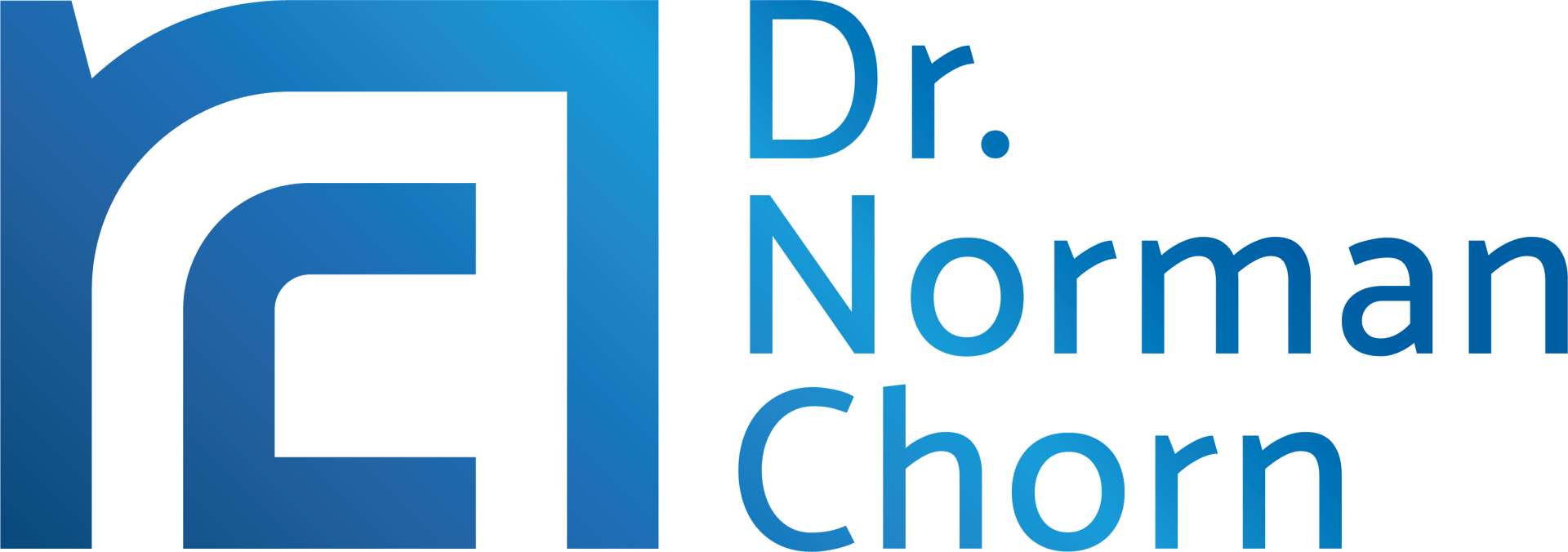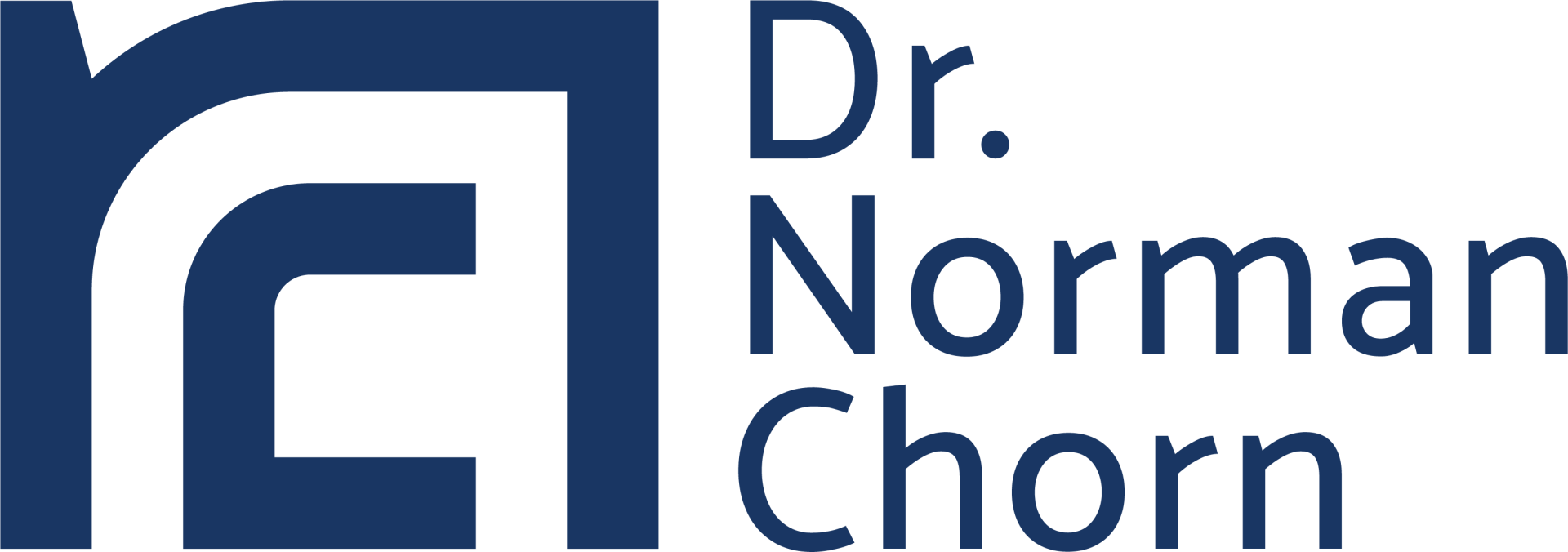I've been reading the usual round of business journals and magazines and am constantly reminded of the need to do business planning. "if you don't know where you're going, how will you know when you get there", "we can't be all things to all people" etc etc etc.
I can't help thinking that much of this advice - ie the need to do business planning - is not entirely helpful in these uncertain and changing times. Certainly, we need good strategy when the environment is turbulent, but strategy is different to planning. And planning can also inhibit learning and adaptation - important attributes when things are changing.
So, what's the difference between planning and strategy? And how does planning limit learning and adaptation.
Planning is an event-driven process where we set an initial objective, and then pursue it via a program of action. The objective is set at the outset, and the action plan is a way of focusing our resources around a priority.
Strategy, on the other hand, is an ongoing, iterative process where the emphasis is on learning and adaptation. While we have a broad intention at the outset, detailed objectives are not set at the beginning - because (by definition) we we don't know what issues will be encountered along the way. Objectives emerge along the way as we learn and adapt. Consequently, strategy is better suited to uncertain and changing conditions where there is a need to learn and adapt to the changing environment.
So, when we undertake planning, we tend to focus almost single-mindedly on the objectives, trying ever harder to achieve them. This single-mindedness often drives out learning and adaptation. And this can be quite disastrous when things keep changing.
See my article for a fuller description of how to craft strategy in uncertain and changing environments.
Subscribe to our regular articles, insights and thought leadership




